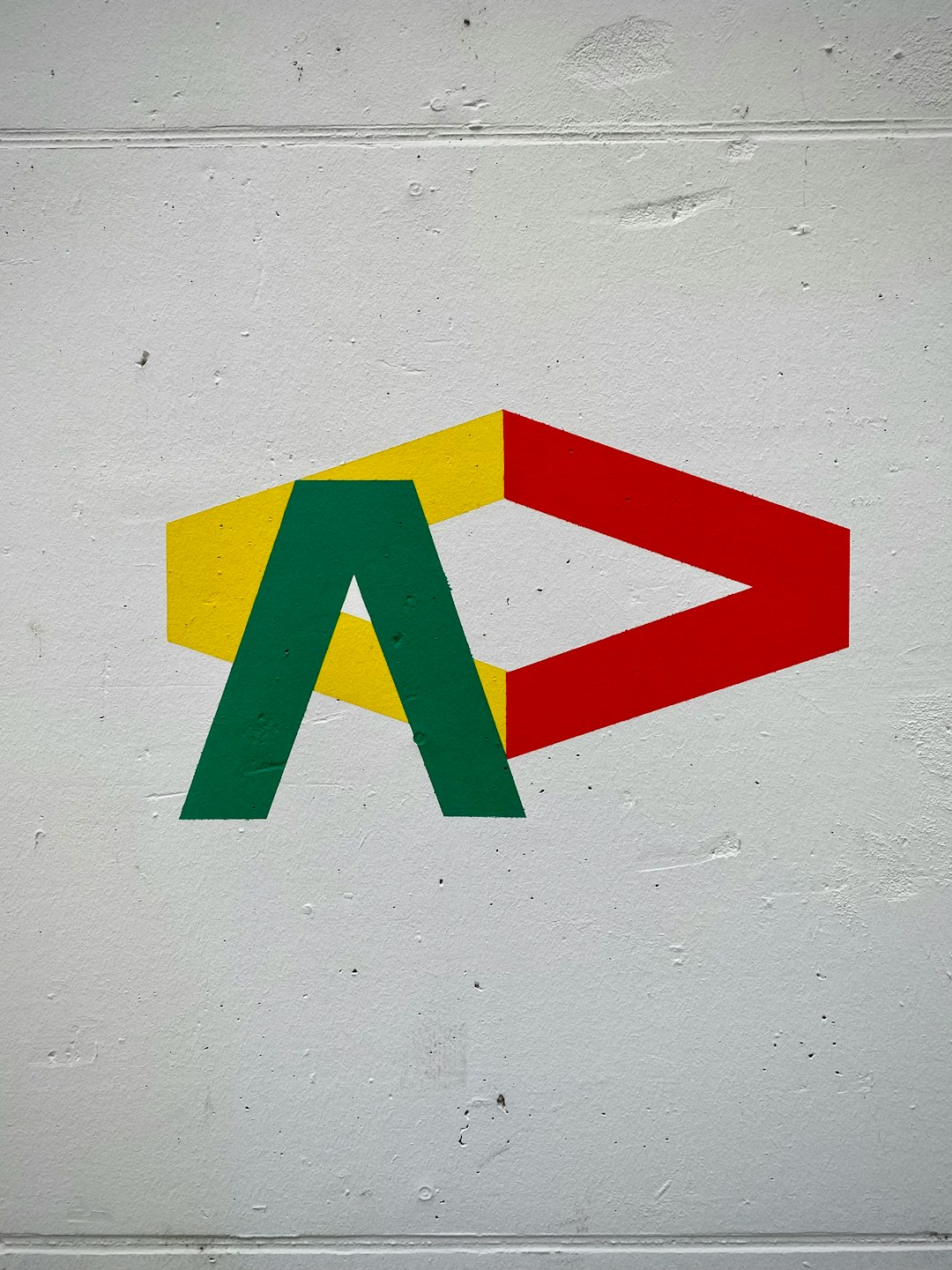In today’s highly competitive marketplace, maintaining brand consistency and increasing brand visibility is more crucial than ever. Effective brand asset management (BAM) ensures that every element representing a brand—logos, fonts, colors, slogans, imagery, and messaging—is used correctly and consistently across all channels. At the heart of this strategy lies a critical goal: building and maintaining strong brand recognition.
When people recognize your brand within seconds, they’re more likely to trust it, recommend it, and choose it over lesser-known options. This is why organizations of all sizes are investing in brand asset management tools and systems—to foster recognition, loyalty, and long-term value.
What Is Brand Asset Management?
Brand asset management refers to the organization, control, and distribution of all materials and resources associated with a brand. This can include:
- Logos and icons
- Taglines and messaging guidelines
- Marketing collateral (both digital and print)
- Web and social media assets
- Photography and video content
By centralizing access to these assets, companies ensure that anyone—from employees to third-party vendors—uses them accurately and consistently, regardless of geography or channel.
The Strategic Importance of Brand Recognition
Brand recognition doesn’t just make a product attractive or memorable. It plays a pivotal role in customer decision-making, retention, and overall market success.
Here’s why brand recognition is key:
- Builds Trust: A recognizable brand makes people feel more comfortable. Familiarity brings a sense of reliability, which drives consumer decision-making and repeat purchases.
- Reduces Marketing Costs: When your brand is well-known, you can achieve big impacts with less effort and advertising spend. Recognition leads to easier conversions.
- Encourages Loyalty: Strong brands create emotional bonds. Customers are more likely to remain loyal, advocate for the brand, and even forgive missteps.
- Supports Business Growth: Recognized brands find it easier to expand into new markets or launch new products, as customer trust is already established.

The Role of BAM in Enabling Brand Recognition
Without a clear system in place, brand messaging and visual identity can become diluted as employees and partners create their own versions of promotional materials. BAM solves this by unifying all brand communication and ensuring assets are always accessible, up to date, and on-brand.
For example, a global corporation may have marketing teams scattered across continents. With a well-implemented BAM platform, all teams can pull the latest brand-approved templates for presentations, social media posts, and advertising creatives. This keeps branding uniform, regardless of who creates it.
Moreover, BAM software often offers analytics to track asset usage, helping organizations understand what materials are most effective and ensuring brand value is maximized at every touchpoint.

Consistency Is Key to Recognition
Imagine encountering five different versions of the same brand’s logo—some with colors off, others with slight variations in typography. Such inconsistency confuses the audience and erodes trust. Brand recognition thrives on consistency.
A BAM system ensures that all teams—from marketing to sales, HR to design—are pulling from a single source of truth. Whether it’s a business card or a social media graphic, each brand asset remains aligned with the brand’s identity standards.
FAQ: Brand Asset Management & Recognition
What is the difference between brand recognition and brand awareness?
Brand awareness refers to how familiar the general public is with your brand. Recognition is more specific—it’s when someone can identify your brand by visual or auditory cues like a logo, color scheme, or jingle.
Why is brand consistency important?
Brand consistency helps reinforce your identity every time customers encounter you. It builds trust, supports professionalism, and makes your brand more memorable.
How does a brand asset management system help?
A BAM system organizes all branded content in one place, making it easy for teams to access, share, and use assets correctly, ensuring brand consistency across channels and regions.
Do small businesses need brand asset management?
Yes. Even smaller brands benefit greatly from organized brand assets. As your business grows or collaborates with outside vendors, having a centralized asset hub saves time and ensures you present a consistent image.
Can brand recognition influence customer loyalty?
Absolutely. When customers feel familiar with a brand and have consistently positive experiences, they’re more likely to remain loyal and recommend the brand to others.



